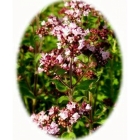 | ||
Perfect for pollinators Wild Marjoram -origanum vulgare – grows best in dry grassland and is well suited to chalk and limestone soils on sites where there is plenty of sunlight. However it is quite adaptable and in gardens can also be grown on heavier soils in semi-shade. Wild Marjoram is one of the best wildflowers for insects and in high summer will be alive with butterflies and the hum of bees. In the wild it also hosts the Large Blue as a breeding butterfly that will lay its eggs on the plant. Wild Marjoram is a low growing plant with rose pink flowers that appear from July to September. It looks best growing with other chalk and limestone plants that flower in the summer months such as Common Rock Rose, Greater Knapweed, Wild Basil, Harebells, Wild Thyme and Small Scabious. How to grow Wild Marjoram Seeds Wild Marjoram seeds should be sown in spring or autumn, either outside, where they are to flower, or in seed trays and covered lightly with compost. Wild Marjoram seeds are usually easy to germinate and the seedlings can be pricked out and grown on, for planting out later in the year. RHS Perfect for Pollinators. The RHS Perfect for Pollinators mark is only given to plants that support pollinating insects in gardens. Bees, butterflies, moths, hoverflies and many others visit flowers to feed on nectar and pollen; while doing so they transfer pollen and increase seed set and fruit development. Find out more at: rhs.org.uk/plants To discover more plants for Bees, simply enter the word "pollinators" into the search box above. To buy Wild Marjoram seeds To purchase Wild Marjoram seeds, please select a quantity above and click add to cart. To ensure the best chance of success, we sell all of our wildflower seeds by weight, which ensures each wildflower seed packet contains a good quantity of seeds. The recommended sowing rate is 1 gram per square metre, and the number of Wild Marjoram seeds per gram is approx. 10,000. All of our Wildflower seed packets contain seeds of Native British provenance. Summary type - perennial, colour - Pink, height - 75 to 100cms, flowering months - July, August, September, habitat - Chalk and Limestone Grassland, Caterpillar Food Plant, Attracts Bees, Butterflies | ||
Printed 20/12/2025 21:10:33
st69_1 type perennial colour pink height 75 to 100cms flowers july august september habitat chalk and limestone grassland caterpillar food plant attracts butterflies rhs perfect for pollinators pollinating insects bees butterflies moths hoverflies ground cover
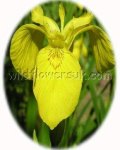
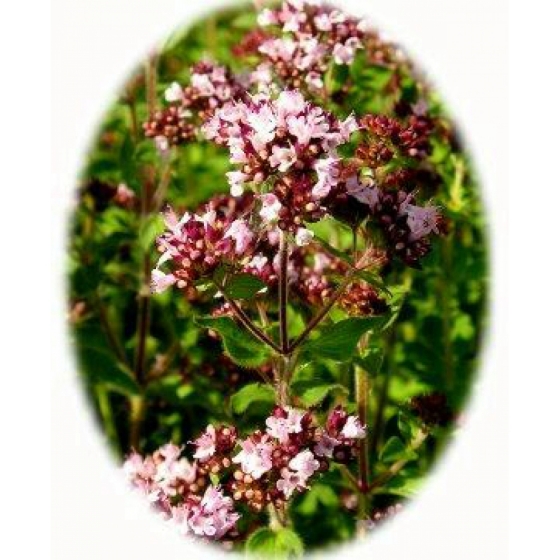
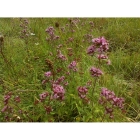
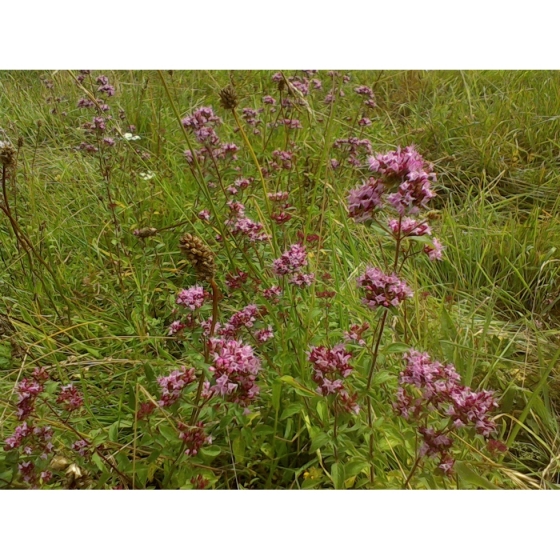
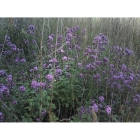
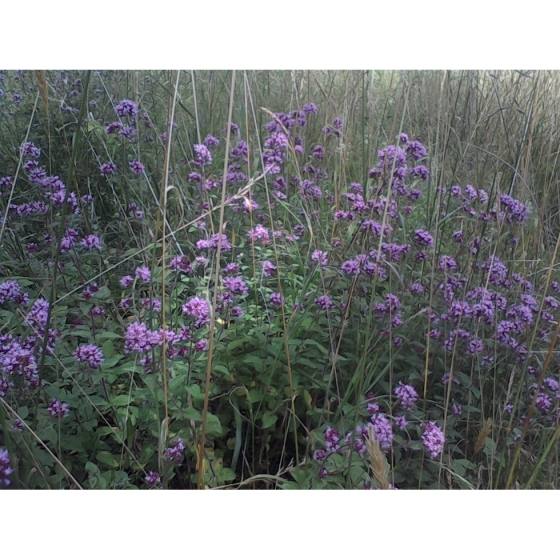



 added to basket
added to basket